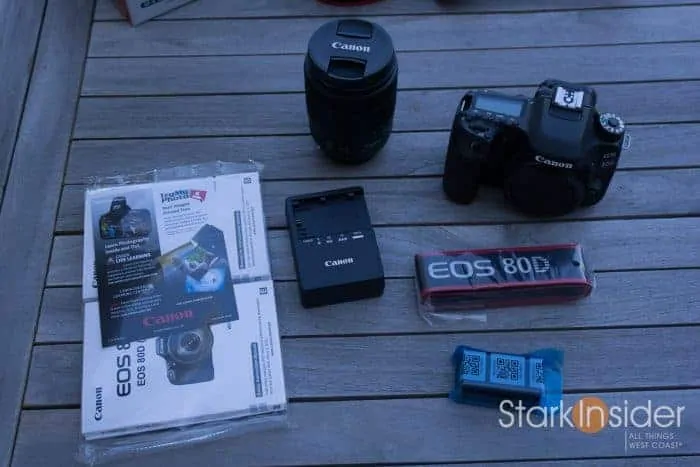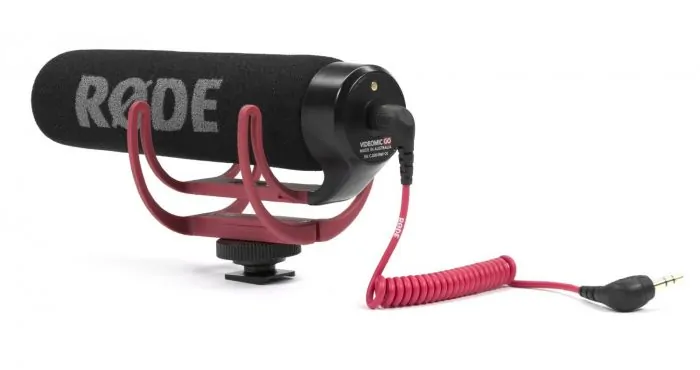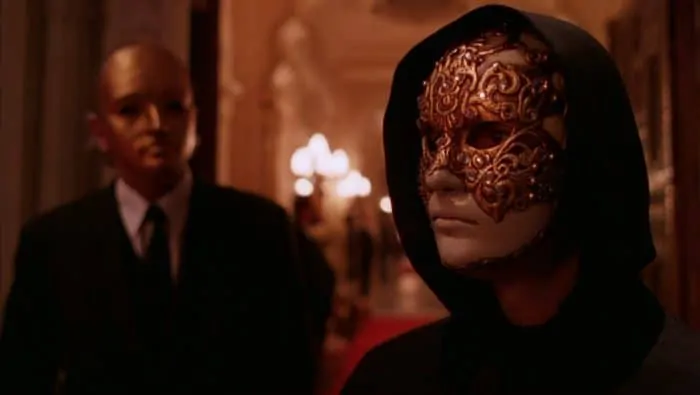Canon’s new EOS 80D has landed, and has been on the market for a few months. Fortunately I’ve had several opportunities to take the DSLR on several shoots in and around the San Francisco Bay Area.
Just how good is the 80D for shooting video? TL;DR superb. Granted Canon didn’t give us 4K video in this 70D successor. But, as I’ve (too many times) before: 4K is not synonymous with image quality (more on that below). Look in the mirror and say to yourself: Hey me, please avoid the pixel peeping trap… at least for today. Shoot 1080p, and revel in the organic, beautiful image that you can get out of the new 80D sensor. For more on that you can read my thoughts on shooting video with the Canon EOS 80D which also includes some sample videos.
Meantime I continue to get all sorts of emails with various questions about the 80D (and the 70D too, still a wonderful shooter). What mic to use? Lenses? Should I buy the 80D or a flashy mirrorless? And on and on. Who said email was dead (again)!
I’ve rolled up some of the more popular questions and included my thoughts on each below. In addition, I’ve tossed in some answers to questions that I always wondered about when I got started in DSLR video with the T2i in 2009. Behold, what to know about shooting video on the Canon EOS 80D DSLR camera.
Canon EOS 80D: Q&A on Video Features
What is the best shotgun microphone to use with the Canon EOS 80D?
Everyone will have their favorite. And depending on budget and application, the choices vary significantly. For everyday use without breaking the bank, I’d go with the Rode VideoMic (the silly looking thing as seen in above photo).
Rode has extended their DSLR mic range over the years, but my favorite remains the new VideoMic Go. It does away with those futzy rubber bands in past Rode mics, and instead uses the new and effective Rycote Lyre isolation system. Net-net: for about $100 (US) you get a high quality mic that is pretty good at reducing incidental handling noise that might otherwise get accidentally recorded while you’re shooting video.
The 80D has a standard 3.5mm microphone input. Simply connect the Rode into the jack (on the left side of the 80D/70D) and you’re all set. Thankfully, Canon opted to include a headphone jack so now you can monitor audio as well — critical to getting it right while on location.
Have a bit more budget? Consider a step-up to the Sennheiser MKE 600. Fantastic mic. You’ll get solid bass response, and the range too is superb. I use it on my Canon C100 II. To use it, though, on a DSLR you will need a XLR to 3.5mm adapter, which are widely available. Also keep in mind this set-up will add more bulk to your rig, so if compactness is the ultimate goal stick with the Rode.
I’m going to buy the 80D kit (with 18-135mm STM lens), do I need more lenses?
Yes and no.
The kit lens is an excellent all-rounder. At 18mm you’ll be able to get wide shots, handy for landscape or real estate or architecture or for snagging an establishing shot if you’re shooting narrative. And at the long end, 135mm, you can capture that moment of heart-break, or victory, or humor, up-close and personal. Plus, the kit lens is designed to work hand-in-hand with Canon’s class-leading Dual Pixel auto-focus system. That means, quick auto-focus (really, really good in my tests), and near silent operation.
However, there are times when you may want to consider additional lenses. The nice thing about glass is it lasts… a lifetime. The EF mount found on the 80D isn’t going anywhere anytime soon. Buy a nice lens every few years and soon you’ll find yourself with a nice collection that you can use on any camera that supports the EF mount — be it another Canon DSLR, or a Blackmagic Pocket Cinema Camera, or even something from RED if someday you find yourself shooting Taylor Swift’s next music video.
I’d easily recommend the Canon 50mm f1.8 as the second lens to add to your kit. Bokeh is beautiful. It’s great in low light, and compact, so it’s perfect for the street and stealth. Great for video, and photos too. Insane it costs less than an Apple Watch.
Sigma 18-35mm F1.8. Another high recommendation. Slam dunk. Image is spectacular. If you peruse camera forums you’ll see filmmakers often talk about this lens. Many say it’s 3 primes in one, 18mm and 24mm and 35mm. Yes, it’s a short zoom, but the quality of glass and Sigma’s design is simply outstanding. I use this one when I can control lighting, and have time to compose my shots with a tripod. As this lens has no image stabilization (IS) you’ll definitely want a stabilization system, or your footage will suffer from the dreaded micro-jiggles.

Other lenses I recommend for the 80D:
- Canon 70-200mm f2.8 – expensive, but a classic; wildlife and landscape
- Tokina 11-16mm f2.8 – for wide shots
- Rokinon 85mm t.15mm – for those times you want to get artsy and/or experiment with a manual cinema lens (no auto mode here) without breaking the bank
Do I really need an LED light? Can’t I just use natural light?

When it comes to lighting for video, there’s only guidelines, no rules. Travel shooters can likely get away with natural light for most situations. However, if you’re shooting a short film, or music video, or a sit-down interview, I believe lighting to be essential. There’s a reason why Hollywood productions budget vast amounts for giant lighting towers and such. It can make ore break your shots. Granted, if you’re like me, you don’t have a few million, or even a few thousand or hundred, to throw around on fancy lighting rigs. Instead, I’d say get one of these Genaray LED panels, pop it into the hot shoe on your 80D and be done with it.
Once you get more experience, try attaching the light panel to a tripod, and lighting your subjects from side angles, or from above (but not too high as you don’t want shadows below the eyes… unless, of course, that’s the desired effect!) instead of straight on. Creative lighting can really add pop and interest to your videos.
Quick lighting tip: beware el cheapo LED panels as they might give your image an unwanted “color cast”. You may find your video looking green or magenta tinged. It’s hard to fix, as I’ve discovered, to fix in post — even using Adobe Premiere’s Lumetri tools, for example. I find the Genaray panels produce clean light. Something to keep in mind.
On color temperature: general rule of thumb is 5500K outdoors (daylight), and 3200K indoors (tungsten). LED panels typically have a dial that enables you to set the color temperature of the panel, and you’ll want that to match the white balance setting on your 80D/70D.
How many batteries do I need?
I’d say at least two. A spare is peace of mind. If you plan to shoot all day, you might want half a dozen batteries, maybe even more if you’re continuously recording video. For casual shooting the LP-E6 batteries provide plenty of endurance. It’s yet another reason why I prefer shooting with the 80D and 70D over a mirrorless offering from Sony or Panasonic.
What settings do I use to shoot video with the 80D?
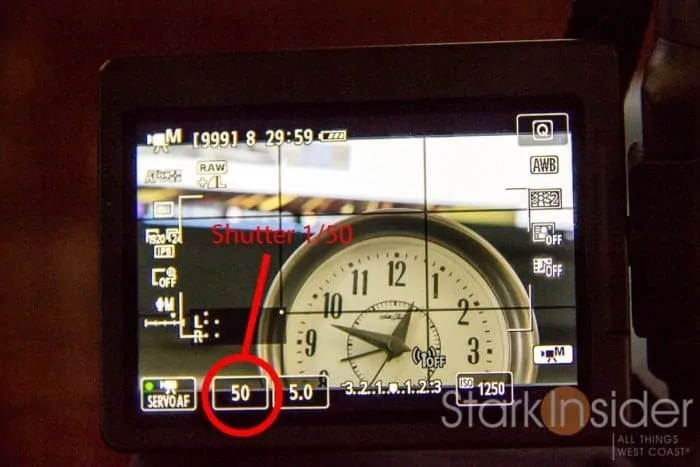
Ah, okay, this is critical, maybe this answer should go first. Here’s some quick and dirty guidelines for 80D settings to get you started shooting video:
- Manual mode (left dial)
- Video mode (toggle on rear)
- Shutter speed: 1/50
- Aperture: adjust as needed to expose properly (use on screen meter at bottom and try to get the needle right in the middle)
- FPS: 23.98 (for filmic look, for sports you may want to go with 1/30 or 1/60, but if you do change your shutter speed accordingly)
- White balance: you can leave this on auto, but over time you may want to choose it manually so that the image color doesn’t change while you’re recording video
- That’s about it!
What about memory cards, how much storage do I need?
Another plus with the 80D: it can shoot forever on one 64GB micro SD memory card. I’d recommend having at least three memory cards. You can use one as backup when in the field to hold a duplicate of your footage (just in case!), and the other as a spare in case your main card fails (just in case!).
I’m paranoid about backups. I always have at least two SD cards with my footage duplicated. Then I usually have another in my wallet, and yet another dumped onto my MacBook. When I get back to the studio, I make three copies onto three different RAID systems, one of which is located elsewhere (just in case!). Your paranoia level may vary.
I’m often shooting in bright sunlight, anything to know?
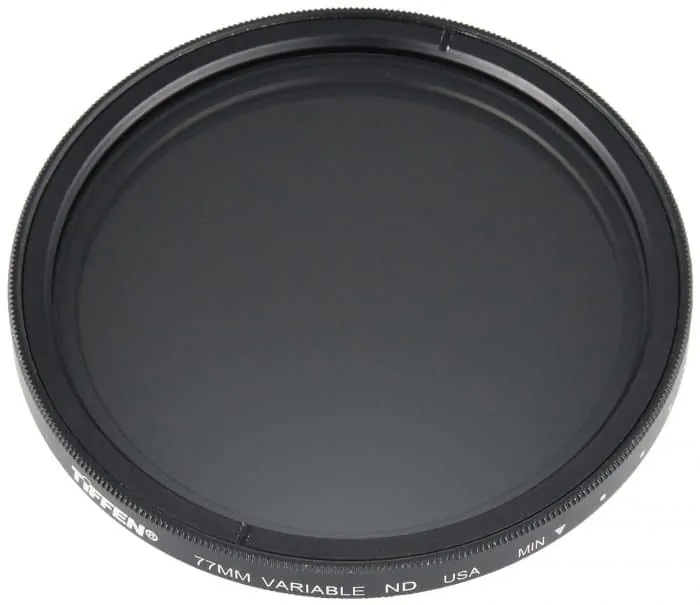
Yes. I feel your pain. The general consensus is that the sun is beautiful. I get that. It’s probably also a benfit to the universe in general. But for us video shooters it can be the bane of our existence. Bright light makes it hard to view our camera monitor. It also has a nasty effect on exposure. And that’s not to mention having to deal with sun screen streaming down into our eyes.
- Get an ND filter – it mounts on the end of your lens and will help reduce the amount of light coming into the sensor (and, as a bonus, protect your glass), thereby allowing you to properly expose. Without it, the image might be overexposed no matter how much you increase aperture.
- Use a monitor shade of some kind – to help shield the sun and enable you to better read the 80D LCD.
- Sun umbrellas might help.
- When possible don’t shoot in the middle of the day! Think dawn or dusk (aka the golden hour).
Is handheld shooting a practical reality with the 80D?
Yes. Shooting handheld is possible with just about any camera on the market today, our iPhones and Androids included.
The 80D with the 18-135mm kit lens is particularly good at automatically stabilizing the camera, and the resulting footage might surprise you. Viewers will probably know it’s handheld, but if your subject matter, composition and everything else (lighting!) is solid, then the story should carry the day. Sometimes, handheld can give your video an intense feeling (for action films) or a documentary feeling (fly on a wall) or a cinéma vérité feeling (Fellini?).
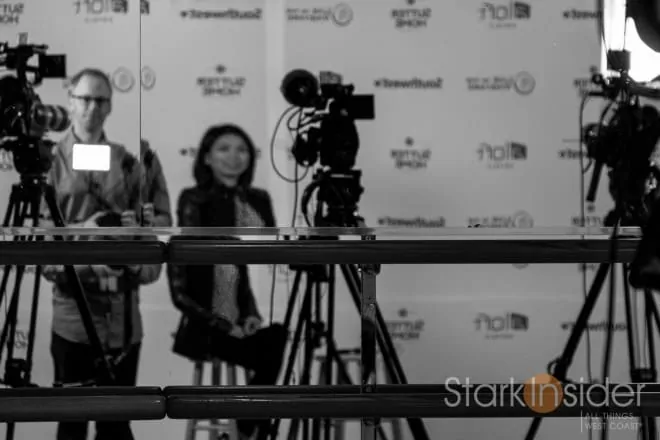
So, yes, shoot handheld with the 80D all you like. You can even use the strap as a sort of impromptu stabilizer. Place it around your neck. Then stretch the 80D straight out in front of you until the straps tighten. That should help give you some stabilization — for short periods, it can get tiring fast. Also: before recording, take as deep a breath as possible. Steady as she goes. Try to form three points of contact with the camera (sometimes I even use my forehead… and it works!).
Stabilizers will be mandatory in certain cases. Gimbals, tripods, drones, steadicams. All have their place to be sure. Since I run-and-gun mostly, though, I like to travel light, and go incognito most of the time. I did buy a $30 dolly recently. I attaches to the bottom of a tripod, and lets you channel your inner Kubrick. I used it here at the San Francisco Opera for this profile piece (it’s used for all the tracking shots):
Shooting with a $30 Dolly: Opera!
Shot by Clint Stark on Canon C100 II and EOS 80D. Sennheiser MKE 600. Zoom H1s. Zoom H6. Canon 24-105mm. Canon 18-135mm. Genaray LED lights.
But the 80D has no 4K?! Why am I even reading this?!
Silly rabbit. Who told you that?
True, the 80D has no option for recording 4K video. But… the iPhone does. So just use that, right?
Well, not so fast. 4K is simply a measure of resolution: 3840 x 2160 or DCI 4096 x 2160. It tells us nothing about a sensor’s image quality, dynamic range, color rendition, and on and on. If you simply say that a camera that has 4K is better than one with “only” 1080p I will instantly doubt your creative potential.
4K! – Doesn’t Really Matter!
Eventually, 4K will likely become the standard. I believe that’s at least three years away. I say that while viewing this post on a 4K monitor. 4K (and 5K) for PCs and Macs is a beautiful thing, as text looks razor sharp. Still, when I watch video on my PC it’s in lowly HD… and it looks great.
The odd thing is I even go great distances to make my footage look less sharp. I adore cinema, and the filmic look that it embodies. Call it the Alajandro effect or call it counter-intuitive, I just don’t want my image resembling video or something computer-looking. Recently, I shot Loni driving in the car (for the post-bumper opening of the Pentatonix piece below), and at one point I could see her pores up close… it was too sharp, too much detail… I don’t believe the viewer wants that. 4K? If you like — especially for travel and landscape videographers. For me, make it organic, make it wanderlust.
Shooting on “only” 1080p: Pentatonix Live in the Vineyard
Shot by Clint Stark on Canon C100 II and EOS 80D (wide shots during interview with the band). Sennheiser MKE 600. Zoom H1s. Zoom H6. Canon 24-105mm. Canon 18-135mm. Genaray LED lights. And one Loni Stark.
But, the competition?
The DSLR and mirrorless marketplace is an exciting place right now. At least, for us consumers. For manufacturers not so much. That’s because everyone is using their mobile phones to capture video and shoot photos. Dedicated cameras are, if not a dying breed, a species in decline. That’s great for us, though, as prices are coming down, and the products are better than ever.
Pixel peep if you like. But I bet you can shoot amazing stuff with any number of fantastic video cameras available today, including some of my favorites:
- Sony a6300 and a6000 (stellar, compact APS-C cameras)
- Canon EOS 70D (of course, and now cheaper than ever)
- Olympus OM-D E-M10 Mark II (5-axis image stabilizer built in!)
- Blackmagic Pocket Cinema Camera (for those on-the-run Darren Aronofsky moments in life)
- Sony a7 range (but watch out for lens selection; consider a Metabones adapter)
Any of these. Any of these. Any of these.
Will get the job done for most of us.
Still, I come back to the Canon EOS 80D (and also the C100 II for recent Stark Insider video shoots).
And before that, the 70D, 60D, and Rebel T2i.
There’s a few reasons why Canon just feels right to me: handling, reliability, auto-focus (best out there by far), lens choice (EF mount), long battery life, and image quality (I love how Canon cameras in general render skin tone and overall color).
That’s that.
A Camera is the Tool – You’re the Artist and/or Aspiring Kubrick
* this last one is not a question, but a final thought or two
If you like Sony that’s great. Panasonic? Excellent. Blackmagic? Super (Blackmagic Pocket Cinema Camera only please). Nikon. Awesome of course.
Pick one up, and shoot, shoot, shoot.
Everything else matters far more than the tool we’re talking about here. Composition. Story. Acting. Audio. Lighting. Soundtrack.
As I learned when I started shooting video for Stark Insider in 2006 (Vimeo channel), and then on DSLR in 2009, the sooner you buy a camera and start practicing the sooner you’ll make mistakes, and the sooner you’ll learn from those mistakes, and the sooner you’ll improve your craft and your joy for doing something you love.
Happy shooting!
(have 80D questions, let me know… but please not by email!)


